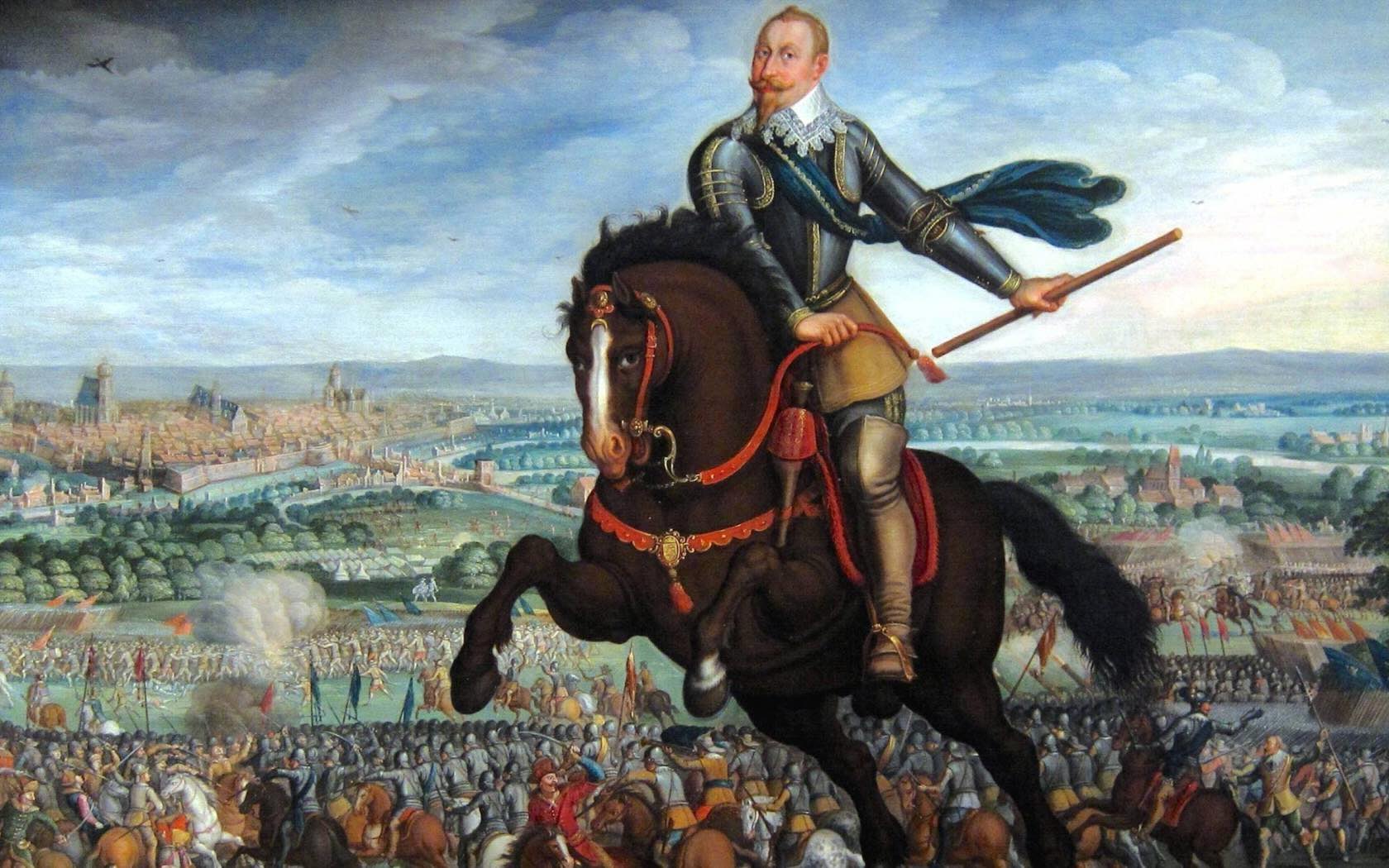
The Thirty Years' War was one of the longest and most destructive conflicts in European history, lasting from 1618 to 1648. This brutal war involved many of the great powers of the time, including the Holy Roman Empire, Spain, France, Sweden, and Denmark. It began as a religious conflict between Protestant and Catholic states but quickly evolved into a struggle for political dominance. The war devastated large parts of Europe, leading to widespread famine, disease, and economic hardship. By its end, the Peace of Westphalia had redrawn the political map of Europe and set the stage for the modern nation-state system. Curious about the key events, figures, and impacts of this monumental conflict? Read on to uncover 29 fascinating facts about the Thirty Years' War.
Origins of the Thirty Years' War
The Thirty Years' War was one of the most destructive conflicts in European history. It began as a religious war but evolved into a struggle for political power.
- The war started in 1618 and ended in 1648.
- It began with the Defenestration of Prague, where Protestant nobles threw Catholic officials out of a castle window.
- The conflict initially involved the Holy Roman Empire and various German states.
- Over time, major European powers like France, Spain, and Sweden joined the fray.
- The war was fought primarily in Central Europe, devastating the region.
Key Battles and Events
Several significant battles and events shaped the course of the Thirty Years' War. These moments had lasting impacts on the countries involved.
- The Battle of White Mountain in 1620 was a decisive Catholic victory.
- The Sack of Magdeburg in 1631 resulted in the massacre of over 20,000 inhabitants.
- The Battle of Breitenfeld in 1631 marked a major Protestant victory led by Swedish King Gustavus Adolphus.
- The Battle of Lützen in 1632 saw the death of Gustavus Adolphus, a turning point in the war.
- The Peace of Prague in 1635 attempted to end hostilities but failed to bring lasting peace.
Major Figures
The war featured numerous influential leaders and generals whose actions determined the conflict's direction.
- Ferdinand II, Holy Roman Emperor, was a staunch Catholic who sought to reassert imperial authority.
- Gustavus Adolphus of Sweden was a brilliant military strategist and a key Protestant leader.
- Cardinal Richelieu of France supported the Protestants to weaken Habsburg power.
- Albrecht von Wallenstein was a formidable general for the Catholic side.
- Frederick V of the Palatinate, known as the "Winter King," briefly ruled Bohemia before being defeated.
Impact on Civilians
The Thirty Years' War had a devastating effect on the civilian population, leading to widespread suffering and hardship.
- The war caused the deaths of an estimated 8 million people, many from famine and disease.
- Entire villages were destroyed, and agricultural land was left barren.
- The war led to significant population displacement, with many fleeing their homes.
- Economic hardship was rampant, with trade and commerce severely disrupted.
- The war's brutality led to a decline in moral and social order.
Diplomatic Efforts and Treaties
Throughout the war, various diplomatic efforts were made to bring about peace, culminating in the Peace of Westphalia.
- The Treaty of Lübeck in 1629 aimed to restore peace between Denmark and the Holy Roman Empire.
- The Treaty of Cherasco in 1631 ended hostilities between France and Savoy.
- The Peace of Prague in 1635 was an attempt to unify the Holy Roman Empire's warring factions.
- The Treaty of Hamburg in 1641 laid the groundwork for the Peace of Westphalia.
- The Peace of Westphalia in 1648 finally ended the war, redrawing the map of Europe and establishing the concept of state sovereignty.
Long-term Consequences
The Thirty Years' War had lasting effects on Europe, shaping the continent's future in numerous ways.
- The war marked the end of large-scale religious conflicts in Europe.
- It led to the rise of state sovereignty, where states had authority over their territory without external interference.
- The Holy Roman Empire's power was significantly weakened, leading to the rise of independent German states.
- France emerged as a dominant European power, while Spain's influence waned.
The Lasting Impact of the Thirty Years' War
The Thirty Years' War left a significant mark on Europe. It reshaped borders, altered political powers, and changed the religious landscape. The Peace of Westphalia in 1648 ended the conflict, establishing principles of national sovereignty and non-interference. This war also led to massive population losses and economic hardship, especially in the German states.
The conflict's legacy includes the rise of state diplomacy and the decline of feudalism. It set the stage for modern nation-states and influenced future international relations. Understanding this war helps grasp how historical events shape the present. The Thirty Years' War wasn't just a series of battles; it was a transformative period that redefined Europe.
Learning about such pivotal moments offers valuable insights into the complexities of history and its enduring effects on our world today.
Was this page helpful?
Our commitment to delivering trustworthy and engaging content is at the heart of what we do. Each fact on our site is contributed by real users like you, bringing a wealth of diverse insights and information. To ensure the highest standards of accuracy and reliability, our dedicated editors meticulously review each submission. This process guarantees that the facts we share are not only fascinating but also credible. Trust in our commitment to quality and authenticity as you explore and learn with us.
